More like this...
Super Street Fighter II Turbo - Revival (USA) Gameboy Advance game
"Once fought, all battles become a thing of the past... With powerful, game-changing come-from-behind attacks called Super Combos, and the reintroduction of Turbo speed, this isn't your dad's Street Fighter— it's Super Turbo! What's more, new characters have joined the fray, bringing the total of rivals to conquer up to an unprecedented 16! A brand new Street Fighter II challenge awaits. Are you up to the task?"
— Game Center description in Street Fighter 6
Gameplay
Super Combos
A Super Combo is a type of special move, usually a more powerful version of a character's special move, that can be performed only under a certain condition and will strike an opponent multiple times.
Each player has a Super Combo gauge at the bottom of the screen which is filled up while the character performs their basic and special techniques against the opponent. When the Super Combo gauge is filled, the gauge will be replaced with the word "SUPER". The player will then be able to perform their Super Combo technique by inputting the specific command, which will then reset the Super Combo gauge back to zero. If an opponent is defeated with a Super Combo, then the background will flash red and yellow.
Air Combos
Unlike the Juggle Combo, where the opponent is held up in the air by successive hits, the character performing an Air Combo does not remain standing on the ground, but rather uses the first hit of the combo (usually called the "launcher") to propel his opponent into the air and jumps in pursuit to continue hitting in close proximity throughout the duration of the jump. Those following hits will often give the opponent additional air momentum to keep being juggled longer, and lighter characters who are less affected by gravity, such as Dhalsim, are often able to sustain longer air combos.
Characters
Released in Japan on June 13, 2001, with subsequent releases in North America and Europe, Super Street Fighter II Turbo Revival is a port of the original Super Turbo for the Game Boy Advance with an all-new title screen and character illustrations. Because the GBA only has four buttons installed on its hardware, the four action buttons can be easily customized. There also exists an option that allows for an easier performing of special and super combo moves.
While the character sprites and animations were, for the most part, transferred from the SNES version of the original Super Street Fighter II, the new techniques added in Super Turbo use the same graphics from the arcade version. Guile's standing Heavy Kick for example (at close and far range) has him growing in size from one frame to the next. Likewise, the animation frames when a character advances towards an opponent are the same when he or she retreats. Only Akuma uses character sprites exclusively from the arcade version and his advancing and retreating animations are different as a result.
The home stages for Ryu, Ken, Guile, Zangief, and M. Bison are all-new, while Chun-Li's and Balrog's have been lifted from Street Fighter Alpha 2 and Street Fighter Alpha 3 respectively. Ryu's home stage resembles his 3rd Strike stage, but with minor differences. Akuma also has a specific home stage, which is the same one as Ryu's, but with a different palette. All the voice clips of the characters are taken from the arcade version with the exception of Ryu's, which were taken from the original Street Fighter II, and Akuma's, which originate from the Street Fighter Alpha series.
While the music quality is noticeably lower due to hardware limitations, this version still retains the danger versions of the stage themes and has some exclusive remixes as well. Like the Dreamcast port, bonus stages from previous versions were also included.
Akuma can be unlocked once the player has accumulated 5,000 VS Points, and Shin Akuma is unlocked at 9,999 VS Points. Akuma can use the Shun Goku Satsu as a Super Combo, unlike in the arcade version, where he had none. Due to the limited amount of buttons on the system, the Raging Demon can be executed with any Kick button. The Raging Demon has the usual 15 hits seen in earlier and later games.
Numerous placement errors exist such as the cutscene, in which M. Bison gets killed by Shin Akuma, not being shown. Furthermore, the location of M. Bison's stage is shown to be Japan despite the game using his Thailand stage. Other notable placement errors are the mixed-up winning quotes between Vega, Sagat, Balrog, and M. Bison, where they would use improper quotes from one to another.
Due to a programming error in the North American and PAL region games, reaching Shin Akuma in the Arcade Mode will hang the game in a corrupted screen with Akuma's artwork and music, hence it is called the 'dreaded' Akuma glitch.
Game category: Gameboy Advance games
Recently played
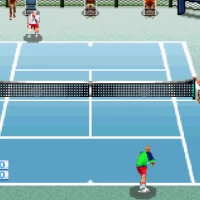
![Antz - Extreme Racing (E) (M6) [t1] Gameboy Advance game](https://www.gamesclips.com/gameImages/9360.webp)
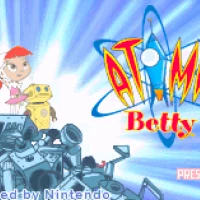
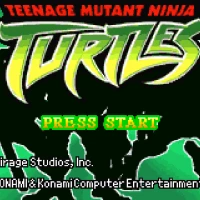
![Mother 3 (Japan) [T-En by Chewy & Jeffman & Tomato v1.3] Gameboy Advance game](https://www.gamesclips.com/gameImages/8247.webp)
![Army Men - Turf Wars (U) [!] Gameboy Advance game](https://www.gamesclips.com/gameImages/9365.webp)
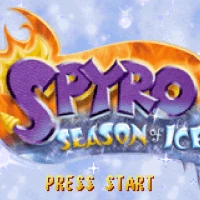
![An American Tail - Fievel's Gold Rush (E) (M5) [o1] Gameboy Advance game](https://www.gamesclips.com/gameImages/9354.webp)
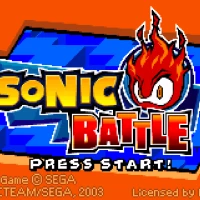
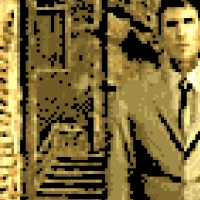
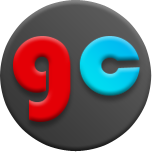
Comments